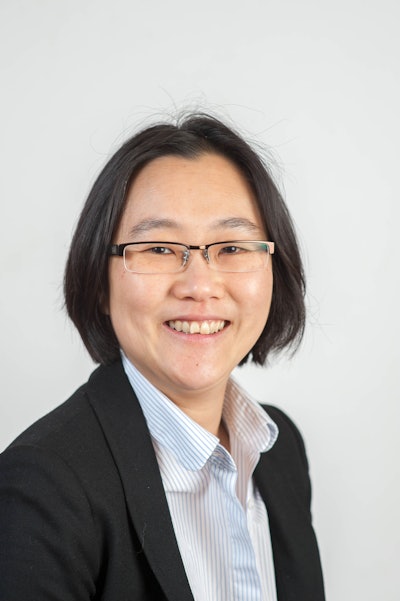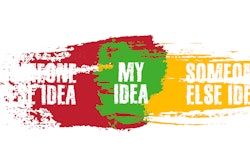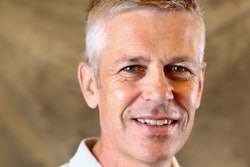Have you got what it takes to survive the cut and thrust of journal editing? Are you ready for a host of potential problems, from tackling research fraud and burnout of peer reviewers to the devilish complexities of AI? Insights from those in the trenches -- the highs and the lows, pressures, and rewards -- were presented to delegates at ECR 2024.
"It sounds almost like a perfect storm," said Prof. Vicky Goh, chair in clinical cancer imaging at King's College London and senior deputy editor of Radiology. "You do sometimes feel like it's 'death by journal' when you are editing, simply because the journal never sleeps."
In a session that lifted the veil on journal life, Goh ran through the many challenges facing editors, reviewers, and would-be writers. She said more papers are being submitted to journals than ever before. There were around 48,000 publications in radiology and medical imaging in 2023, according to one survey. Among these, more are coming from China – a 50-fold increase in two decades – under trends of globalization and the push for open-access publishing.
 Prof. Vicky Goh leads the Workforce Group of the National Institute for Health and Care Research (NIHR) Imaging Group and sits on the steering committee of the NIHR Imaging Group. She is past president of the European Society of Oncologic Imaging and past chair of the Academic Committee at the U.K. Royal College of Radiologists. Photo courtesy of KCL.
Prof. Vicky Goh leads the Workforce Group of the National Institute for Health and Care Research (NIHR) Imaging Group and sits on the steering committee of the NIHR Imaging Group. She is past president of the European Society of Oncologic Imaging and past chair of the Academic Committee at the U.K. Royal College of Radiologists. Photo courtesy of KCL.
"We're now seeing a majority of papers being submitted on topics we may never have covered in medical school: AI, high-level data handling, very complex statistics," said Goh. "Having copy editing (skills) is no longer good enough, because you actually need good scientific editing to be able to highlight what the authors are trying to message through. This has been one of biggest challenges when you're sitting on the editorial board."
These extra demands are also taking their toll on peer review, the cornerstone of scientific publication integrity and quality. The increase in decline rates from reviewers, longer turnaround times, and -- in some cases -- lower quality of peer review reflect this overall.
Eye-catching figures from a recent study showed that 68.5 hours worldwide are spent reviewing globally each year. About 10% of reviewers are responsible for 50% of those peer reviews and 42% of researchers are declining review requests simply because they're too busy.
"We do need to nurture the next generation of peer reviewers -- 39% of peer reviewers never receive any training -- we need to address this for the future," said Goh, who described efforts underway to crack down on suboptimal research practice, duplicate submissions -- "salami slicing" (separating out research data into smaller units to publish separately without proper justification) -- and honorary authorships.
She warned radiologists and their scientific colleagues to be wary of "paper mills" systematically manipulating the publication process. AI and large language models (LLMs) have added a raft of new challenges -- the release of ChatGPT to the public in 2022 sent a ripple through the editorial and journal world.
She said positive uses for AI could include screening submissions for plagiarism and image manipulation, triaging articles and validating references, editing and coding content for publication, and aiding post publication search and discoverability. But there were many risks and complexities, e.g., around the use and limitations of LLMs for radiology.
"There are some issues in terms of hallucinations, knowledge cutoffs, poor complex reasoning, and tendency to perpetuate bias," Goh said. "Journals also have the potential of ChatGPT as a co-author coming into this which we do need to consider -- we've had to put some guidance together on what constitutes appropriate use of AI, and LLMs in particular -- in scientific publications."
She was asked in the Q&A session if journals should be paying professional reviewers, instead of relying on voluntary contributions.
"I think it depends on the way you actually structure it," she replied. "If you say the quality of the peer review process is still the same, but instead of a certificate we have a small payment, then is there a shame in that? I don't necessarily think so."
She said it may not be such a bad idea if adequate safeguards were put in place to protect peer reviewers and the primacy of delivering quality over quantity. "At the end of the day, citations come from good articles with a clear clinical message in good journals. I think for radiology journals that's the most important thing -- we want good science, and we want good science that changes our practice, and I think that's what we should be striving for in terms of an editorial board."



















